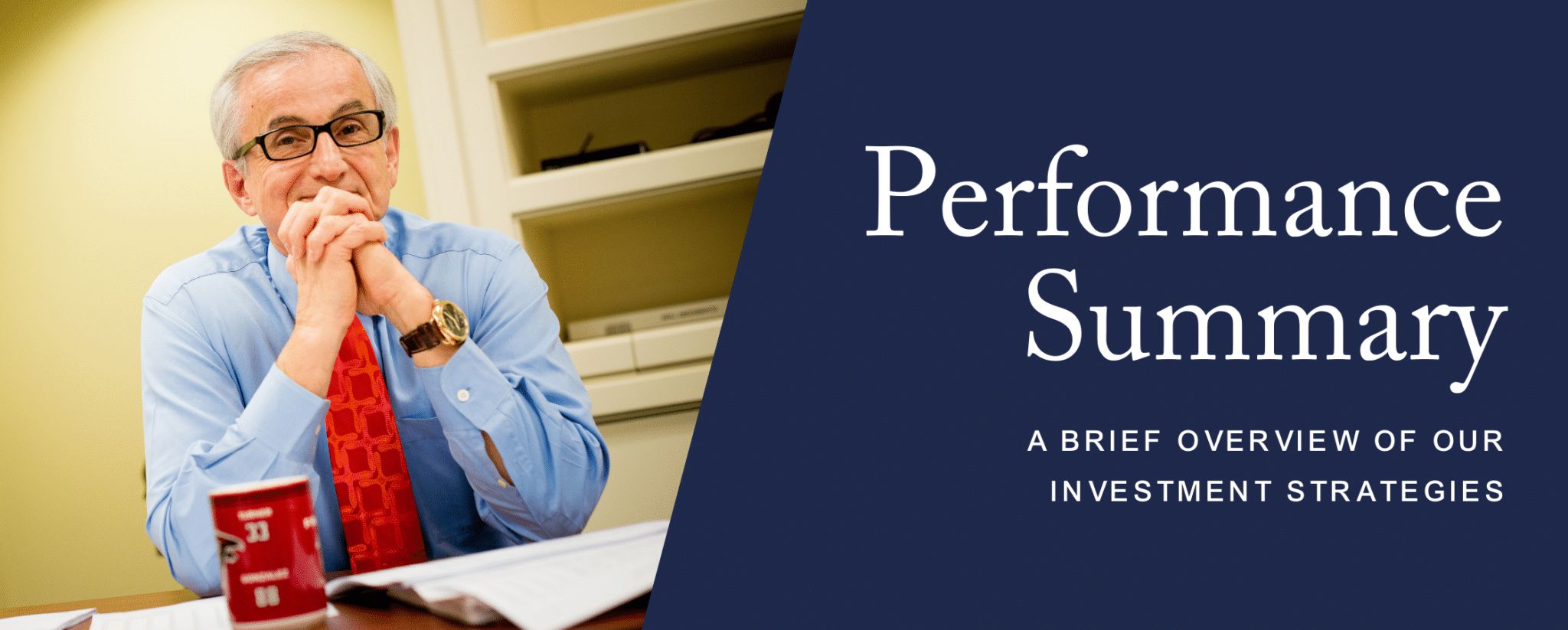
Large Cap Growth Summary
2021 got off to a rousing start in the first quarter, boosted by an additional $1.9 trillion fiscal relief package and significant progress on the vaccine front. When combined with the Federal Reserve’s ongoing bond buying program that continues to pump substantial liquidity into the system, it is no surprise that the economic and profit outlook has continued to brighten. Stock prices advanced along with this improving profit picture with the S&P 500 Index increasing 6.2% for the quarter. The Russell 1000 Growth Index, however, was only marginally higher at +0.9% due to a rotation from growth stocks to value stocks that had been depressed due to economic uncertainties. The Montag & Caldwell Large Cap Growth Composite increased 2.4% gross of fees (2.3% net of fees) for the quarter after climbing 34.1% gross of fees (33.5% net of fees) in 2020. During the first quarter, the Montag & Caldwell Large Cap Growth Composite benefited from strong stock selection in consumer discretionary stocks versus the Russell 1000 Growth benchmark. Healthcare contributed positively to relative performance as well. Additionally, an overweight in technology stocks was a headwind. Compared to the S&P 500, not owning any bank or energy stocks, two of the best performing groups during the quarter, limited our performance.
Mid Cap Growth Summary
Stock prices advanced along with this improving profit picture with the Russell Mid Cap Index increasing 7.8% for the March quarter. The Russell Mid Cap Growth Index, however, marginally declined 0.6% due to a rotation from growth stocks to value stocks that had been depressed due to economic uncertainties. The Montag & Caldwell Mid Cap Growth Composite gained an additional 3.3% gross of fees, (3.2% net of fees) for the quarter after increasing 25.7% gross of fees (25.0% net of fees) in 2020. During the first quarter, the Montag & Caldwell Mid Cap Growth Composite benefited from strong stock selection in technology, discretionary, industrials, and materials versus the Russell Mid Cap Growth benchmark. In particular, not owning any of the highly valued, speculative technology stocks that performed so well last year but suffered a setback during the quarter as bond yields rose helped our relative performance. We believe that is a corrective process that may be just getting started. The valuations of many of those speculative stocks, many of which are presently unprofitable, were greatly inflated by the beneficial effect of falling bond yields on long-dated cash flows. With bond yields now rising, reflective of improving growth prospects and rising inflation expectations, it has the opposite effect. Compared to the broader market Russell Midcap Index, not owning any bank or energy stocks, two of the best performing groups during the quarter, restrained our performance.
Thematic Growth Summary
Stock prices advanced along with this improving profit picture with the S&P 500 Index increasing 6.2% for the quarter. The Russell 1000 Growth Index, however, was only marginally higher at +0.9% due to a rotation from growth stocks to value stocks that had been depressed due to economic uncertainties. The Montag & Caldwell Thematic Growth Composite increased 1.9% gross of fees (1.8% net of fees) for the March quarter and 59.4% gross of fees (58.9% net of fees) for the twelve months ending March 31st. The Composite benefited from strong stock selection in technology stocks versus the Russell 1000 Growth benchmark. Stock selection in the industrial and consumer discretionary sectors also benefited relative performance for the quarter. Additionally, an overweight in technology stocks was a headwind. Compared to the S&P 500, not owning any bank or energy stocks, two of the best performing groups during the quarter, limited our performance.